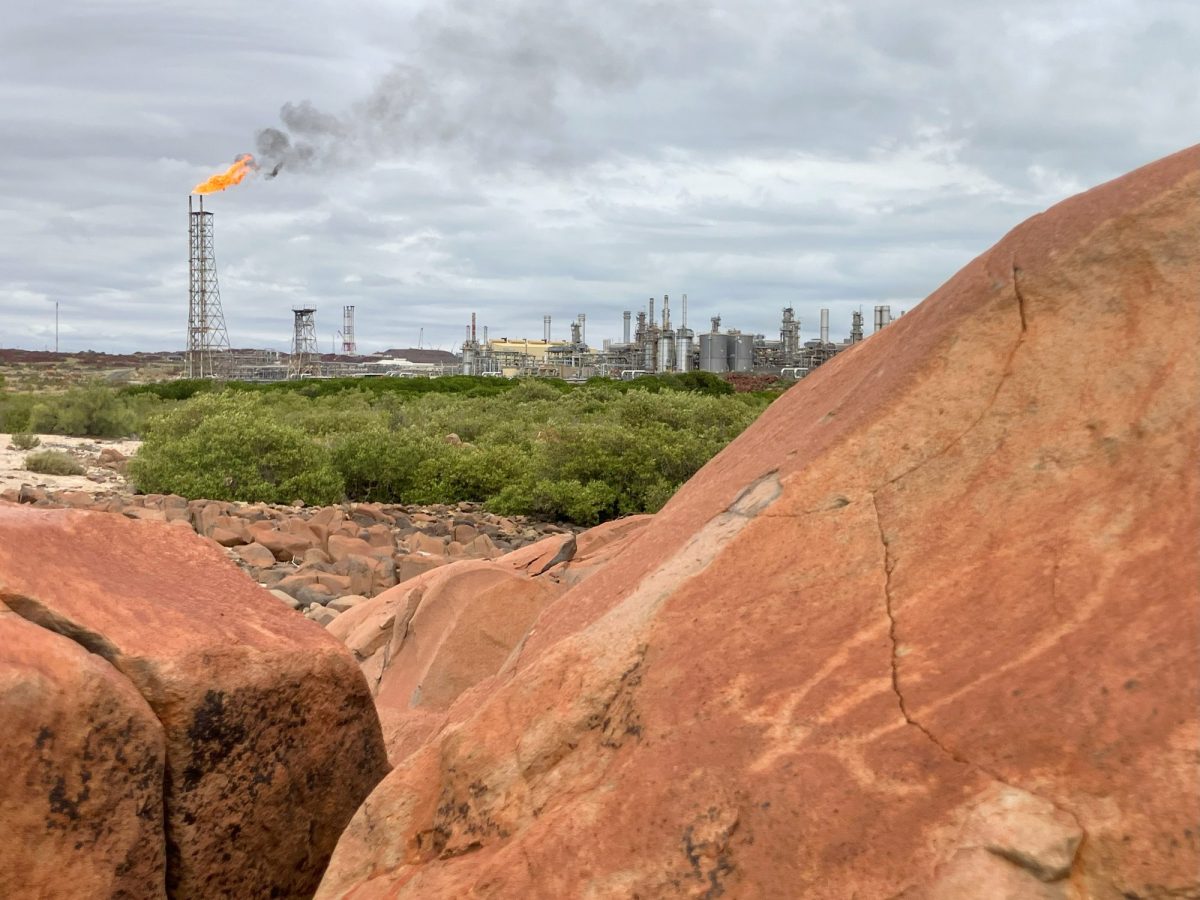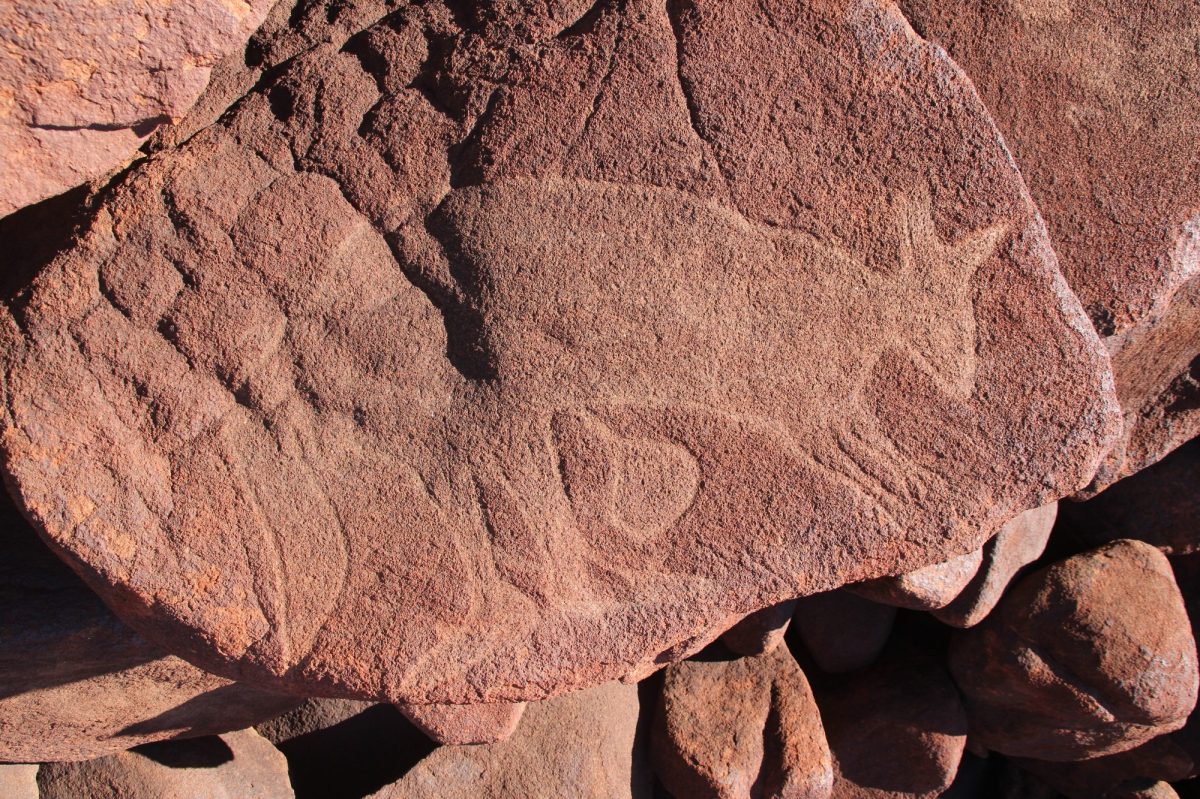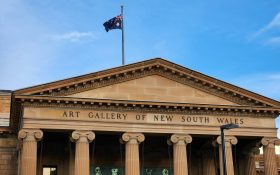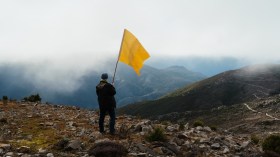A 40,000-year-old collection of rock engravings is under threat of destruction from acid rain, caused by fossil fuel extraction. A campaign to save the Murujuga Rock Art is now underway, with a petition attracting a number of high-profile Australian artists including Jimmy Barnes, Tim Winton, Paul Kelly, Patricia Piccinini, Tracey Moffatt, Kate Grenville, Fiona Hall and Thomas Keneally.
One of the earliest tests of Anthony Albanese’s mandate as a second-term Prime Minister will come at the end of this month, when the freshly re-elected Labor Government, with the party now enjoying a clear majority, is due to make a decision on a proposed lease extension for a gas hub in the Pilbara, Western Australia – which includes the North West Gas Shelf Karratha Gas Plant and Pluto LNG project.
The hub has applied for a 50-year lease extension, which campaigners claim would be “the death knell” for Murujuga. The site is nationally heritage listed and may soon be recognised by UNESCO for its world heritage value, according to a media release circulated by The Australia Institute. A decision is expected on the world heritage status in June.

Meanwhile, the current Environment Minister, Tanya Plibersek, delayed the ruling on a foreign-owned gas export business until 30 May 2025. Prior to the election, the now ousted opposition leader Peter Dutton had expressed an intention to fast-track approval for the lease extension.
The site, 1300 kilometres north of Perth, is the Aboriginal name for the Burrup Peninsula and the Dampier Archipelago. The concern about the safety and future of its extraordinary range of rock art is not a new issue, with the Murujuga Rock Art Stakeholder Reference Group established in 2018 to facilitate negotiations between the Murujuga Aboriginal Corporation and various government and community stakeholders.
A funding campaign orchestrated by the Conservation Council of Western Australia that year raised $86,300 (of its $100,000 target).
The West Australian Government launched the Murujuga Rock Art Strategy a year later, aimed at working with the Murujuga Aboriginal Corporation to protect the art, acknowledging: “The petroglyphs are of immense cultural and spiritual significance to Aboriginal people, and of significant state, national and international heritage value.”
Read: Fossil fuels arts money: where are the alternatives?
But campaigners say the threat has only increased and if the proposed lease extension goes ahead, the rock art will simply not survive, and this generation will witness the destruction of irreplaceable petroglyphs that are eight times older than the pyramids and Stonehenge.
Most of the gas from the region is exported and the pollution from the North West Shelf alone is close to 8000 tonnes of acid gas emissions every year.
Principal Adviser at The Australia Institute, Mark Ogge says, “Without intervention, our cultural heritage could be lost forever. No other nation on earth would stand by and let this happen. This is one of the most important decisions facing the Government after the election – and it will send a signal to the world about its priorities.”
Ogge adds, “Some great Australians have already had their say on this issue. I would urge anyone who cares about Murujuga to join them.”
A call out has been made for videos, comments and images to be sent to savemurujuga@gmail.com, while a petition is live now, with over 7400 signatures at time of writing.





